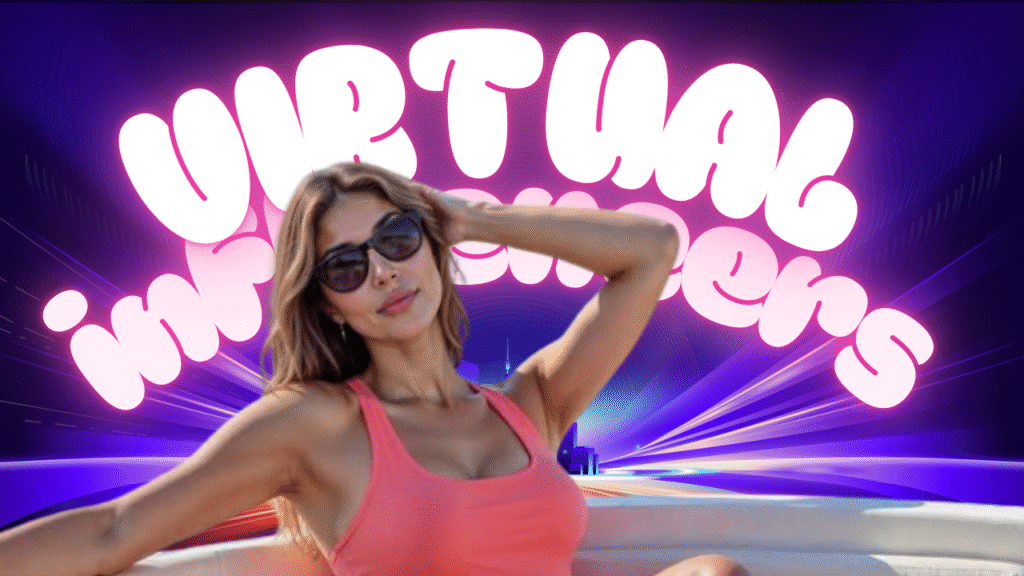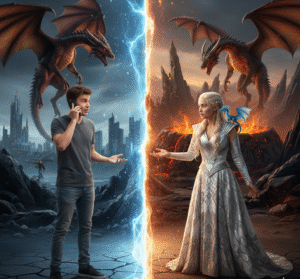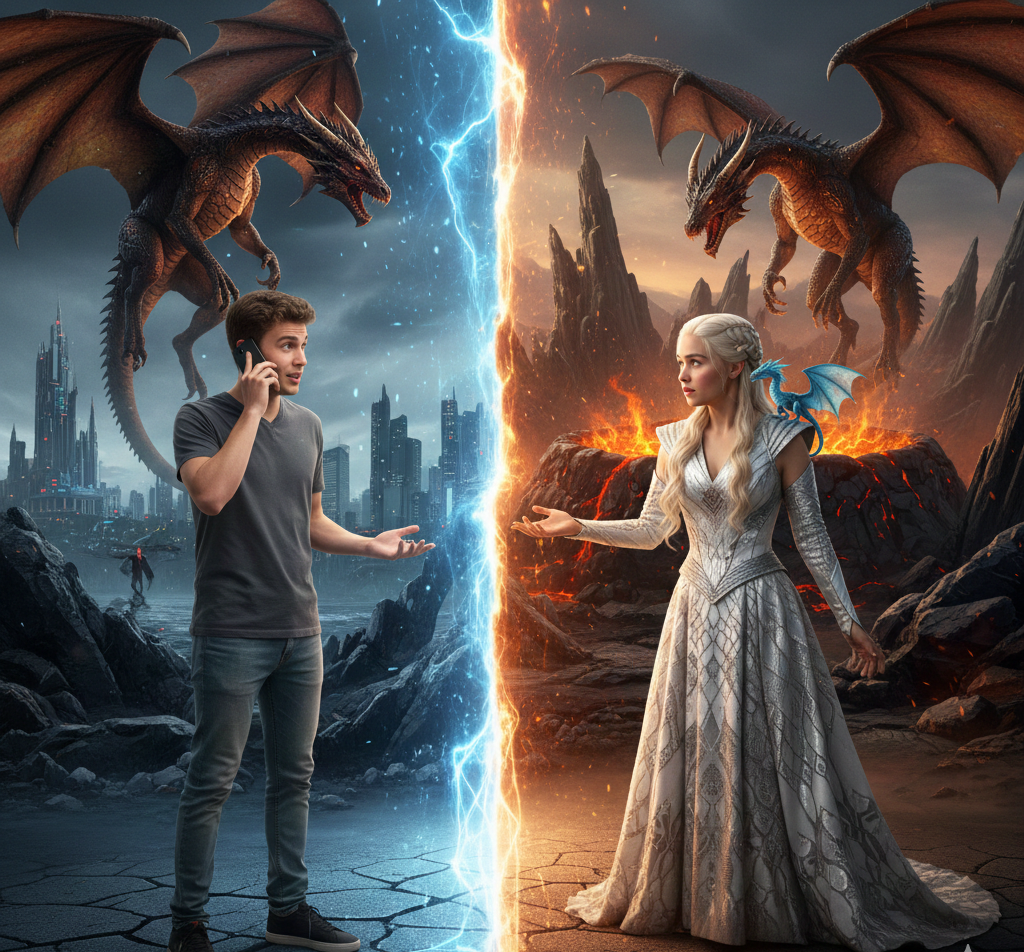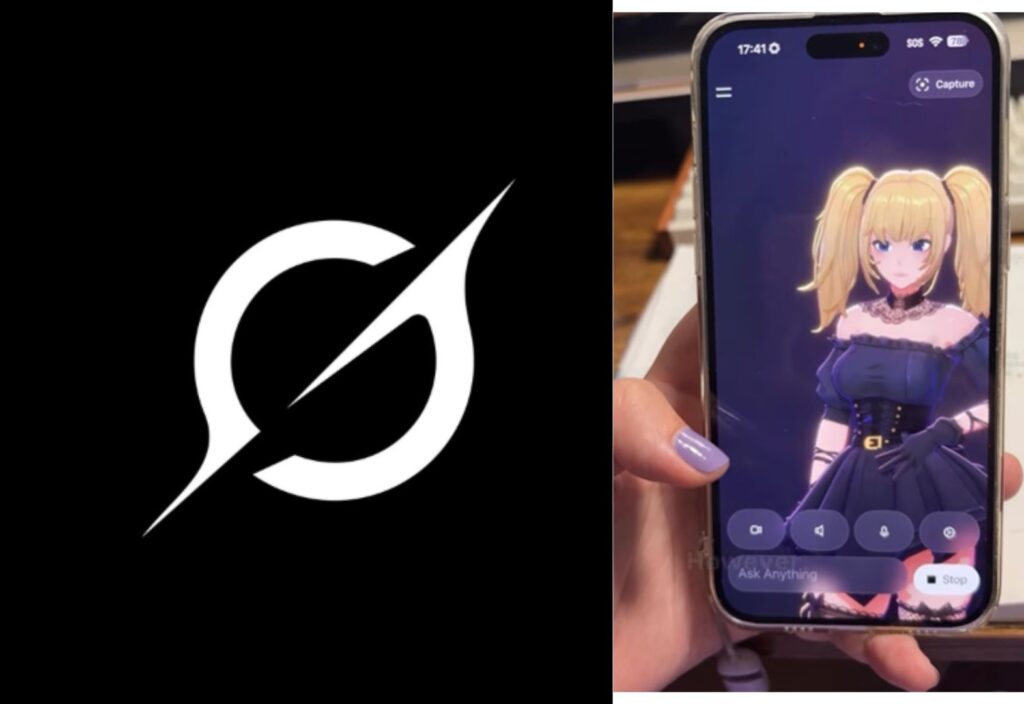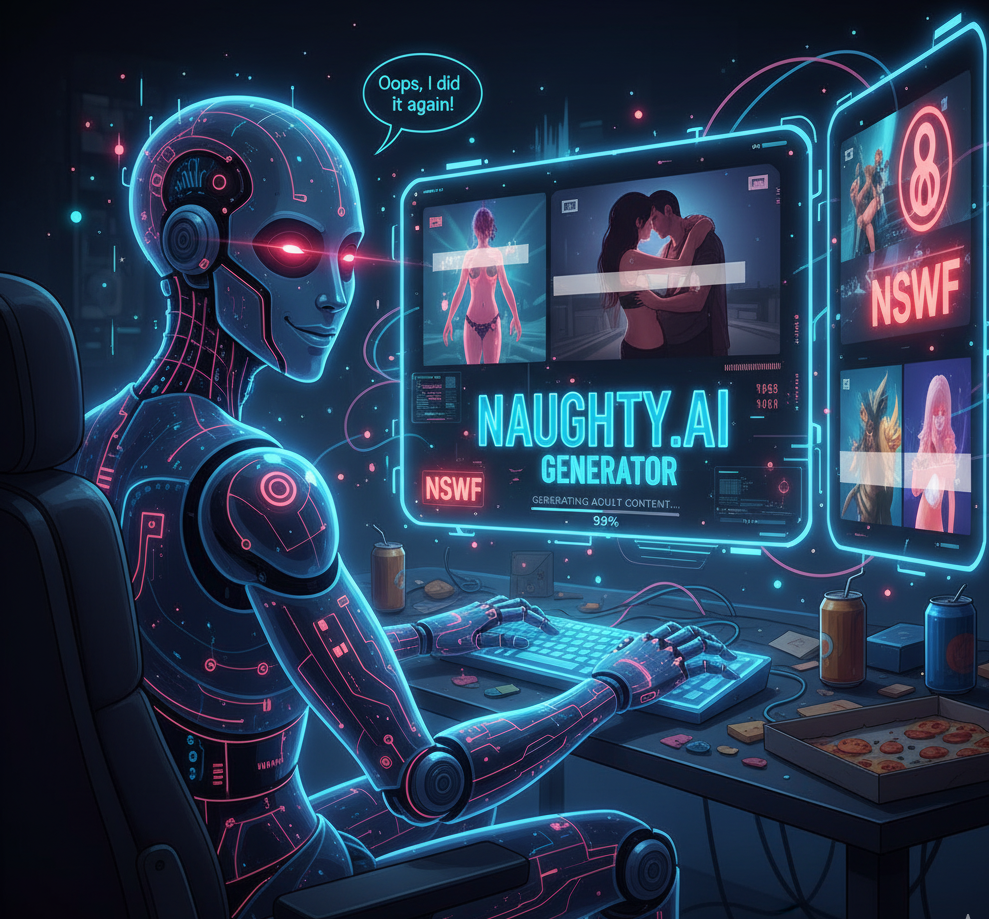Did you know? Today, some of the world’s most followed influencers aren’t even human. They don’t eat, they don’t sleep, and they definitely don’t age—yet they rake in brand deals, millions of followers, and even stir up scandals just like real celebrities.
Welcome to the age of AI virtual influencers. These computer-generated personalities are taking over Instagram, TikTok, and YouTube. Yea. They’re threatening to take over actual human influencers.
In this article, we’ll introduce you to the top 10 AI virtual influencers who are changing how fame and influence work online.
Stick around until the end—you might be surprised which digital superstar could already be influencing your feed.
What Are AI Virtual Influencers?


Virtual influencers are digital personalities designed with CGI and powered by AI, crafted to look and act like real people online. They post selfies, collaborate with brands, drop opinions, and even spark drama—just without the human behind the screen.
Companies love them because they’re flawless, always on-brand, and never miss a deadline. Followers, meanwhile, get hooked by their hyper-realistic lifestyles. In short, ai virtual influencers are the latest twist in social media fame, equal parts fascinating and unsettling.
Top 10 AI Influencers
1. Lu do Magalu
Lu do Magalu is the world’s most-followed ai virtual influencer and the digital face of Brazilian retail giant Magazine Luiza.
Born in 2003 as a marketing avatar, she has since evolved into a full-fledged personality with more than 55 million followers across Instagram, TikTok, YouTube, and Facebook.
Known simply as “Lu,” she posts product reviews, tech tips, lifestyle content, and cultural commentary that resonate with Brazilian audiences. Beyond retail, Lu champions issues like feminism and digital inclusion, while collaborating with top brands and celebrities.
With billions of impressions annually, she’s both a cultural icon and a marketing powerhouse.
2. Lil Miquela
Lil Miquela is one of the top dogs of AI virtual influencers. With over 2 million fans on her TikTok, she stands heads and shoulders above the rest.
Miquela Sousa as she’s alternatively called is a model and a singer. She was created by Los Angeles startup Brud. She debuted on Instagram in April 2016 and quickly amassed a global following thanks to her hyper-realistic style and compelling narrative.
She’s half-Brazilian, half-Spanish (fictional), and identifies as a 19-year-old living in Los Angeles.
3. Shudu
Shudu Gram is famed as the world’s first digital supermodel. Created in 2017 by Cameron-James Wilson, she was inspired by Princess of South Africa Barbie doll.
She has worked with major names including Balmain, Vogue, Cosmopolitan, and Fenty Beauty.
Shudu effortlessy blends CGI artistry with high fashion campaigns.
While celebrated as groundbreaking, Shudu has also sparked controversy, as critics questioned issues of race and representation—given that a white male artist created a hyper-realistic Black woman. Despite debates, she remains a digital fashion trailblazer.
4. Imma
Imma is Japan’s first ai virtual influencer and fashion model. She was created by Aww Inc. in July 2018. Her signature bubble-gum pink bob and minimalist, hyper-real style quickly captivated both local and global audiences.
A curious and introspective digital persona, Imma often questions her own existence using hashtags like #ithinkimcgi and expresses interests in art, fashion, films, and cultural issues such as race and gender.
She’s worked with elite global brands including IKEA, Dior, Nike, Porsche Japan, Calvin Klein, and Valentino, and even starred in a physical IKEA installation in Harajuku.
In recognition of her influence, Imma was appointed a Special Supporter for Expo 2025 Osaka, Kansai.
5. Aitana López
Aitana López is Spain’s first AI-generated influencer, crafted by the Barcelona-based agency The Clueless under Rubén Cruz.
She appears as a 25-year-old fitness-loving gamer with striking pink hair, and her Instagram bio reads “Barcelona. Gamer. Fitness. Cosplay Lover.”
Despite being entirely virtual, she commands a rapidly growing audience—ranging from around 121,000 to over 340,000 followers across reports
Brands pay as much as €1,000 per post, contributing to monthly earnings of up to €10,000 (~$11,000)
6. Noonoouri
Created in Munich by designer Jörg Zuber in 2018, Noonoouri is a 19-year-old AI virtual influencer, and a CGI fashion icon, recognized for her big eyes, petite nose, and stylized cartoon presence.
Signed with IMG Models, she “lives” in Paris and has modeled for luxury brands like Dior, Versace, Marc Jacobs, and Valentino.
A committed activist, Noonoouri promotes veganism, sustainable fashion, and anti-fur messaging.
In 2023, she broke new ground as the first virtual popstar signed by Warner Music, releasing her debut single “Dominoes” with DJ Alle Farben.
7. Kyra
Kyra (Instagram: @kyraonig) is celebrated as India’s first ai virtual influencer or “meta-influencer,” launched in January 2022 by FUTR Studios, led by founders Himanshu Goel and George Tharian.
Set in Mumbai and styled as a 21- to 22-year-old “dream chaser, model and traveller,” she posts CGI-crafted content featuring yoga, fashion shoots, and travel moments—including at Jaipur’s Hawa Mahal . Kyra has collaborated with brands like boAt, Amazon Prime Video, John Jacobs, and appeared on the digital cover of Travel + Leisure India.
By 2024 she surpassed 200,000 Instagram followers and even participated in a metaverse fashion week showcasing global labels such as Estée Lauder, Tommy Hilfiger, and Dolce & Gabbana.
8. Thalasya
Thalasya (@thalasya_) emerged in October 2018 as Indonesia’s first digital influencer, created by Magnavem Studio.
With a warm, adventurous persona, she shares lifestyle and travel content across Indonesia—from Bali’s beaches to Jakarta’s urban scenes…and even journeys to places like Florida, USA.
Thalasya funds her explorations through brand collaborations, endorsing hotels, restaurants, health products, and operates a fashion label called Yipiiiii alongside her friend Zeline.
She’s also ventured into music, with creative output via Ind Alliance. With nearly half a million followers on Instagram, Thalasya remains a beloved regional digital storyteller
9. Blwako
Blawko, also known as Ronald F. Blawko or Blawko22, emerged in 2016 as the “bad boy” counterpart to Lil Miquela and Bermuda, created by the LA studio Brud.
Sporting a buzz cut, facial tattoos, and a streetwear-heavy wardrobe, he’s rarely seen without his signature mask…a touch that adds a hint of mystery.
Blawko has worked with fashion brands like Balenciaga, Supreme, Off-White, and appeared in campaigns with Absolut and Glossier.
With a following over 130,000, he’s the go-to male metaverse muse for street-savvy youth identity and irony-laced authenticity.
10. Radhika Subramaniam
Radhika Subramaniam, developed by Collective Artists Network in mid-2025, is India’s first AI-powered travel influencer fluent in both Tamil and English.
Crafted as a relatable Gen Z solo wanderer who left a corporate career to explore India, Radhika shares culturally immersive stories—from street-side chai in Coorg to vibrant tales of hidden cafés and local crafts across cities like Goa and Jaipur.
Her creators emphasize her emotionally grounded storytelling: “like that one friend who took the leap and actually went on the trip”. Always online, passport-free, and ever-curious, she offers brands a thoughtful voice rooted in identity and authenticity.
Frequently Asked Questions
Are AI Virtual Influencers Real People?
No—AI virtual influencers are not real people, though it’s easy to see why many mistake them for living, breathing humans. These digital personalities are crafted using advanced CGI and powered by artificial intelligence, designed to mimic human appearance, behavior, and even emotions.
They exist entirely online, managed by creative teams or algorithms, and while they aren’t human—at least not yet—they’re steadily blurring the boundaries between reality and virtual identity.
Do AI Virtual Influencers Get Paid?
Yes—AI virtual influencers do get paid, often quite handsomely. Brands treat them much like human influencers, offering sponsorships, partnerships, and product endorsements.
The big difference is that the money flows to the creators or agencies behind the digital persona, not the avatar itself. Some AI influencers rake in thousands per post often making more than actual humans!
Who are the People Behind AI Virtual Influencers?
Behind every AI influencer is a team of very real humans—usually a mix of digital artists, programmers, marketers, and brand strategists. These creators design the character’s look, personality, and storylines, then manage their social media presence.
Some are run by startups specializing in virtual talent, while others are backed by big fashion houses or entertainment agencies. The influencer may be virtual, but the brains pulling the strings are definitely human.
Can I Create an AI Virtual Influencer?
Yes—you can absolutely create an AI virtual influencer, though it’s not as simple as opening an Instagram account and snapping selfies.
You’ll need skills in CGI design, AI tools for content generation, and a clear brand story to make your virtual persona stand out.
Many agencies now specialize in building them, and platforms offer ready-made tools. With creativity, tech savvy, and consistency, anyone can launch a digital influencer into the social media spotlight.
